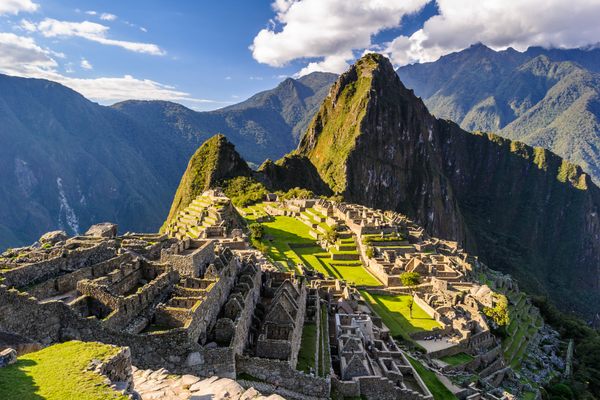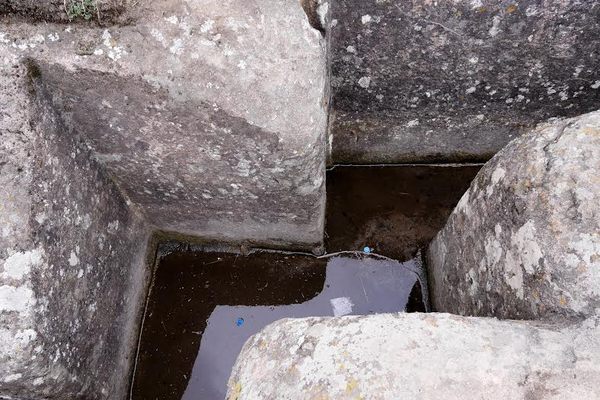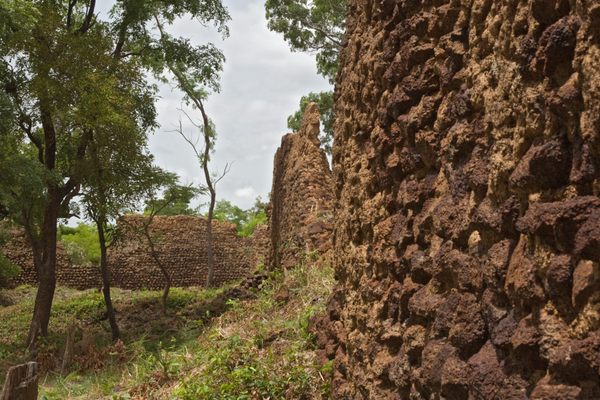Gran Pajaten
These delicate ruins need more tourists to keep them from fading away.
Paradoxically, the relatively recently discovered Gran Pajaten ruins in Peru’s cloud forests are being harmed both by meddling visitors and a lack of tourists.
The complex, consisting of 16 circular buildings connected by twisting roads and a number of accompanying terraces and platforms was discovered in the 1960’s, first by local villagers and just years later by an exploring archeologist. The structures date as far back as 200 BCE, and are decorated with elaborate slate mosaics and carvings that were likely added during a later era of prosperity between 800 and 1500 CE. Depicting birds, humans, and other Incan iconography, the designs give the site an extraordinary air of living history. Unfortunately this history is slipping away.
Relatively few archeological projects have been centered on Gran Pajaten since its discovery, but each one has caused the ancient stone harm. Once the thick jungle overgrowth was cleared from the stones, the ruins were exposed to the elements as they hadn’t been for hundreds of years. Microorganisms and new flora found their way into the rock weathering it with astonishing speed. Each subsequent exploratory mission damaged the ruins a bit more. Given the fragility of the site, it was given protected status, but this, combined with its remote location led to a severe lack of tourism which often funds the protection efforts of such sites.
Currently the Peruvian government is trying to construct an infrastructure that will support more tourism surrounding Gran Pajaten, which will in turn help protect the site from further human and natural damage. The site was also recently recognized by the World Monuments Fund as an endangered site and they are also working to help revitalize interest in the fragile and lonely ruins.

















Follow us on Twitter to get the latest on the world's hidden wonders.
Like us on Facebook to get the latest on the world's hidden wonders.
Follow us on Twitter Like us on Facebook